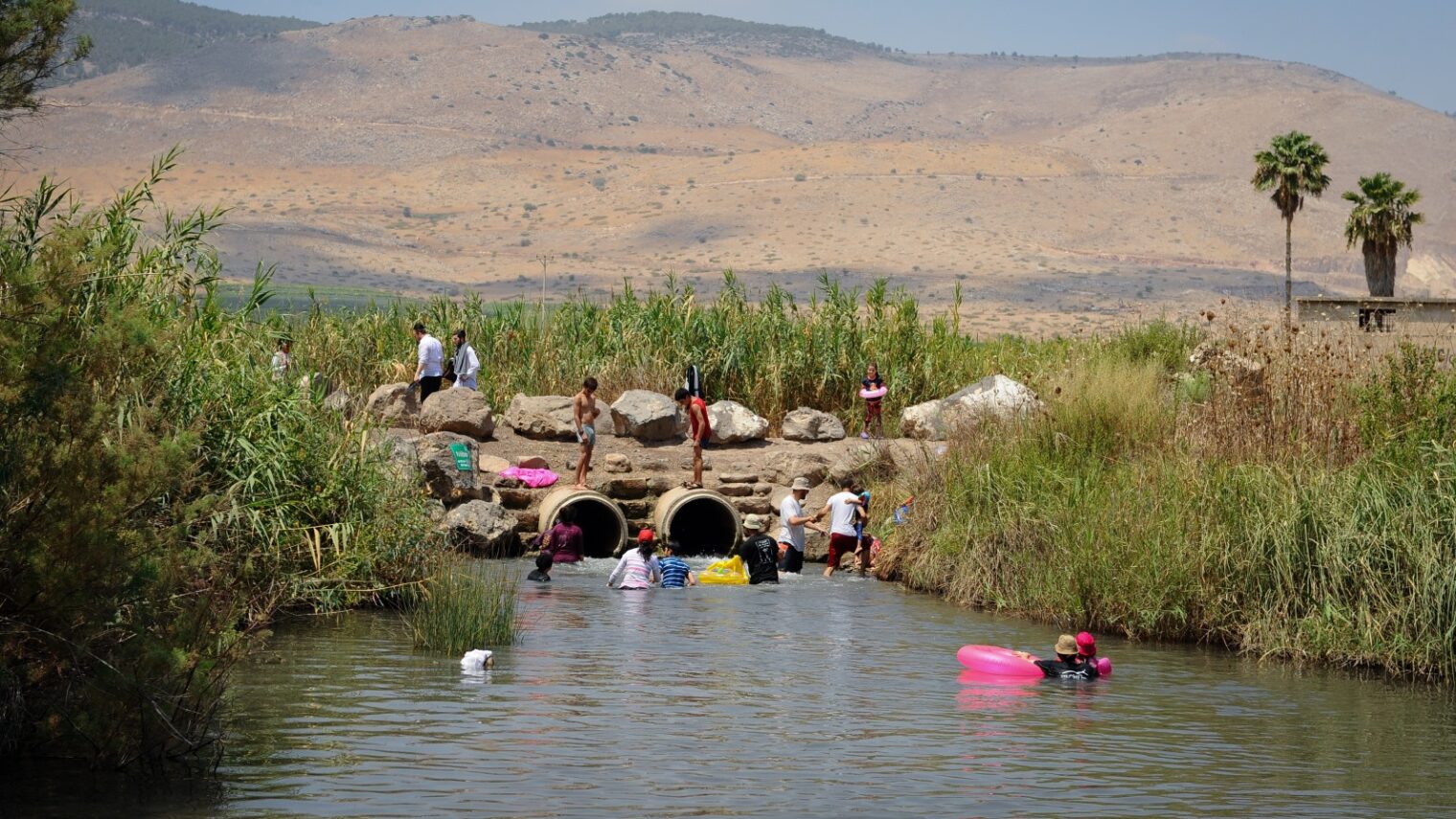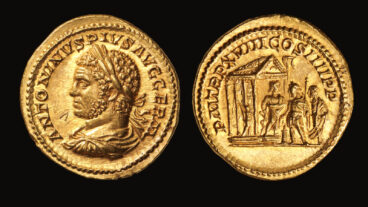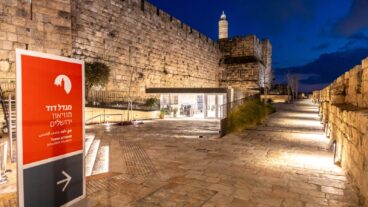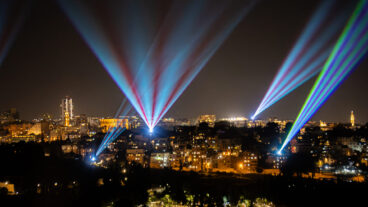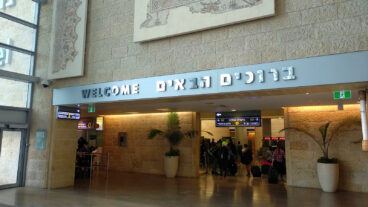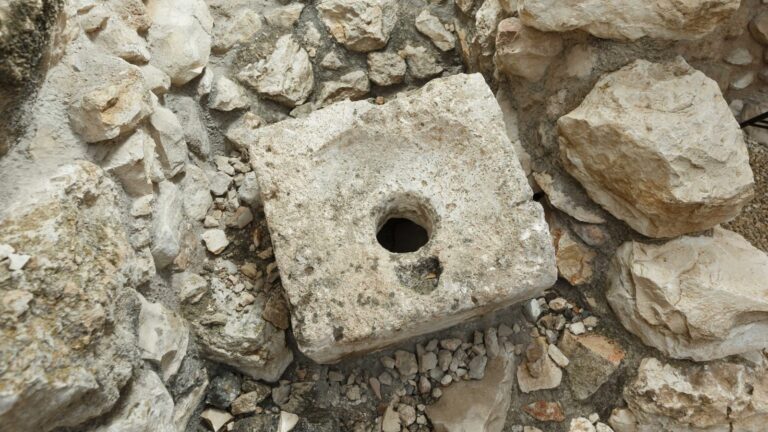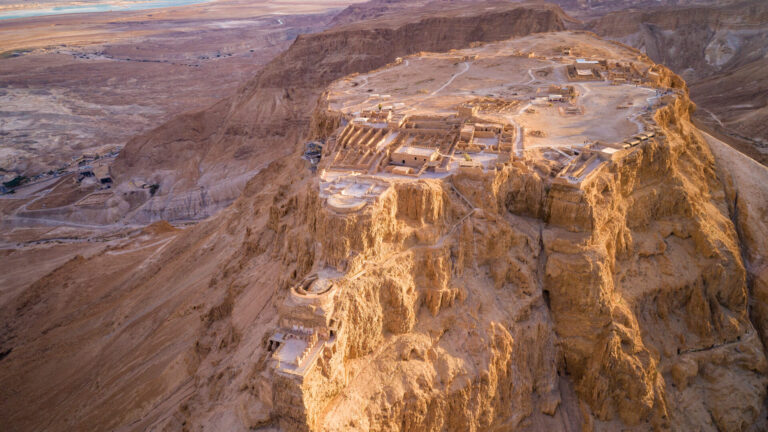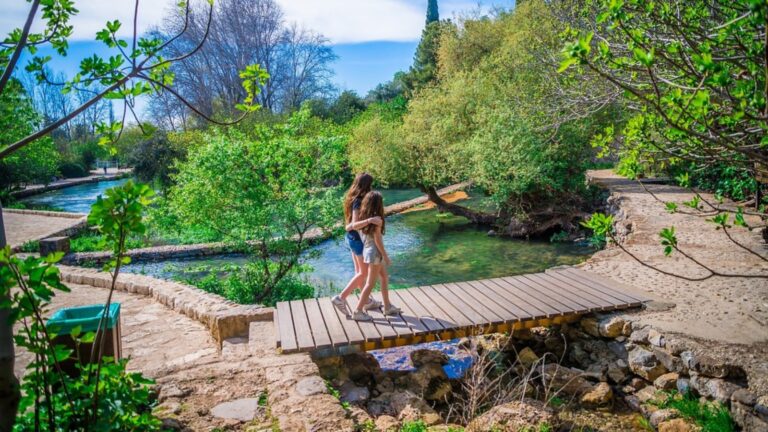The Valley of Springs Regional Council of Israel has announced its second annual Slow Tourism initiative, calling on travelers to leisurely enjoy the hiking trails and natural springs in the area.
Slow tourism, like slow food, is a new and more unhurried way to travel, enabling visitors the opportunity to enjoy in-depth experiences and to interact with a location and its residents.
“This is the time to take it slow and really enjoy the Valley of Springs at its best. The valley is green, the rivers and springs are in full flow, and the wildflowers are beginning to bloom – making for gorgeous scenery,” Osnat Betzer, tourism manager of the Valley of Springs Regional Council, tells ISRAEL21c.
The Valley of Springs — bordered by the Jezreel Valley to the west, the Lower Galilee to the north, the Jordan River to the east, and the Jordan Valley to the south — holds many of Israel’s gems including more than 40 natural springs, birdwatching spots, historical sites, fabulous bridges, and beautiful flora and fauna.
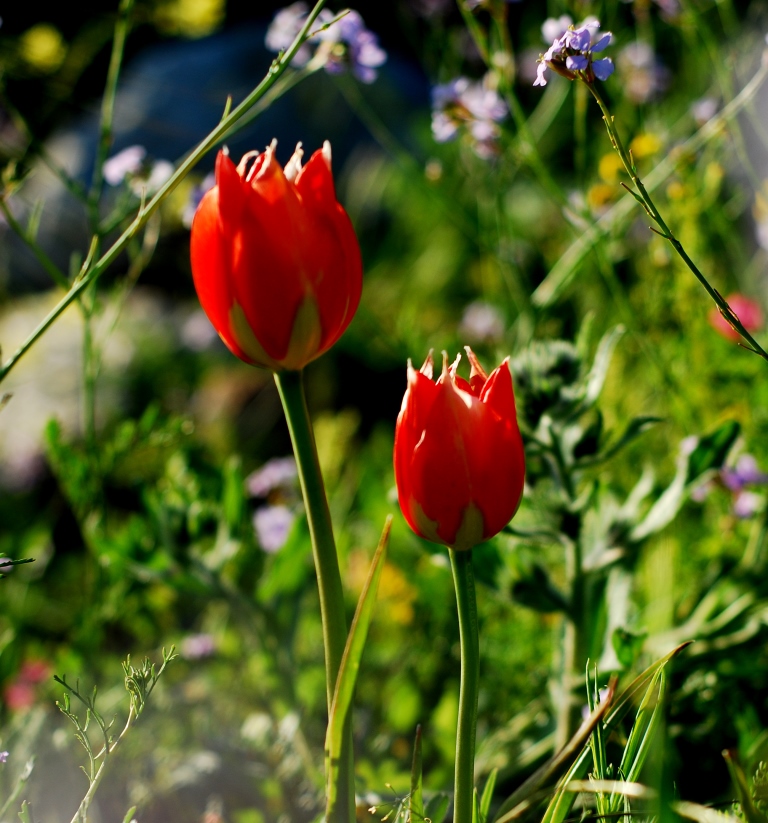
From February 10 to March 4, 2017, local tour guides and volunteers will take visitors along segments of the 140-kilometer-long Valley of the Springs Trail. The entire route takes six days to complete so the Regional Council has broken it down into daily hikes.
The paid guided trail walks (which must be reserved in advance), to be held every weekend through March 3, are eight kilometers at most. Those who’d prefer to walk the Valley of the Springs Trail solo can simply follow the orange markings along the way.
Winding through history, nature and agriculture at a comfortable and relaxed pace, the trail begins on top of Mount Gilboa and descends to Harod Stream, then to Belvoir, a Crusader castle built around 1140, to the Ottoman railway and Kibbutz Tirat Zvi, and finally over to Beit She’an.
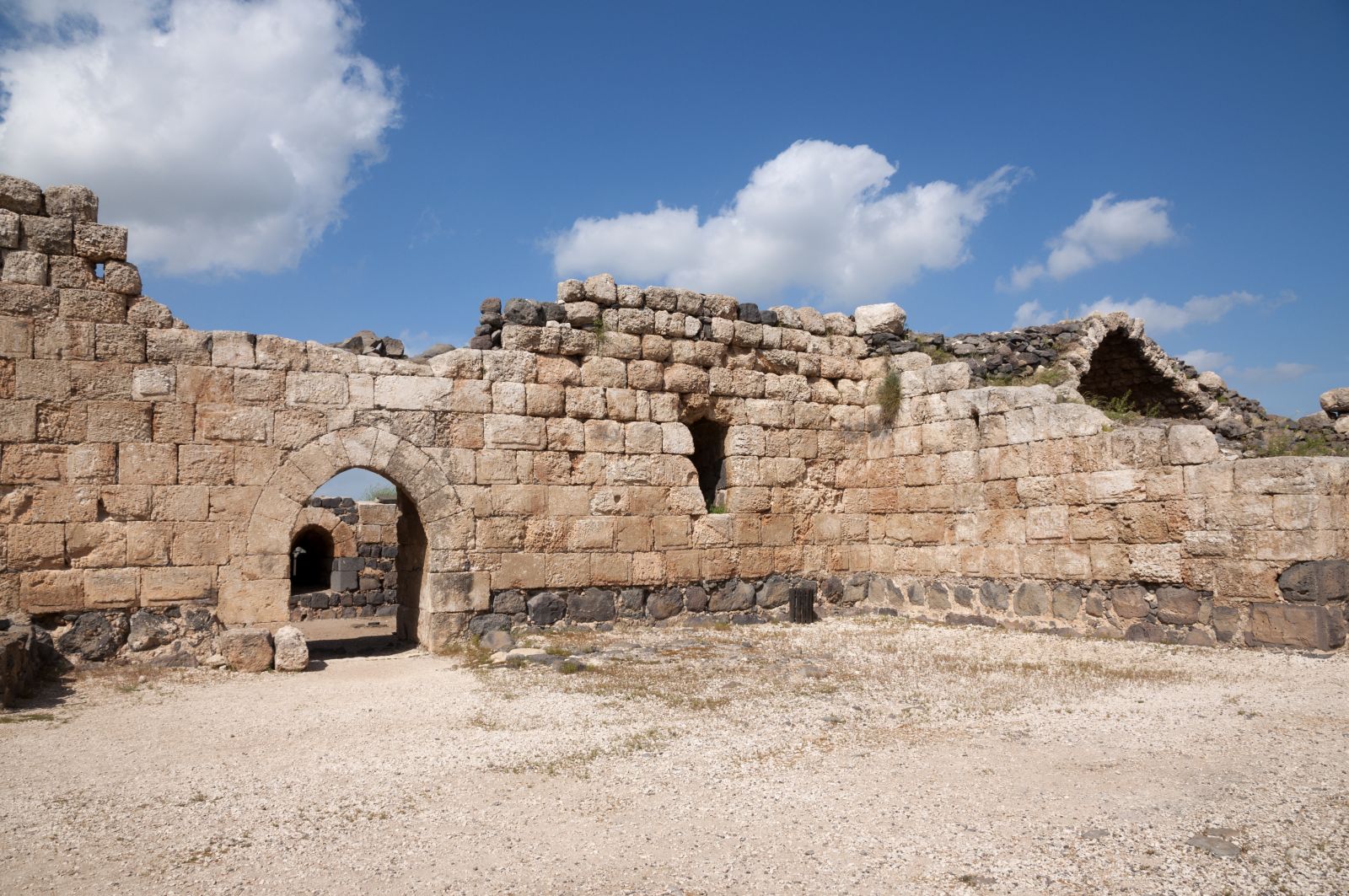
Kangaroos and mosaics
The area can be visited year-round but the best time to explore the Valley of Springs is between November and April.
In addition to walking trails, the Valley of Springs area is famous for its natural springs including Gan Hashlosha National Park (also known by its Arabic name, Sachne). The natural pools here are warm year-round with an average temperature of 28C, making it a perfect spot for a winter dip.
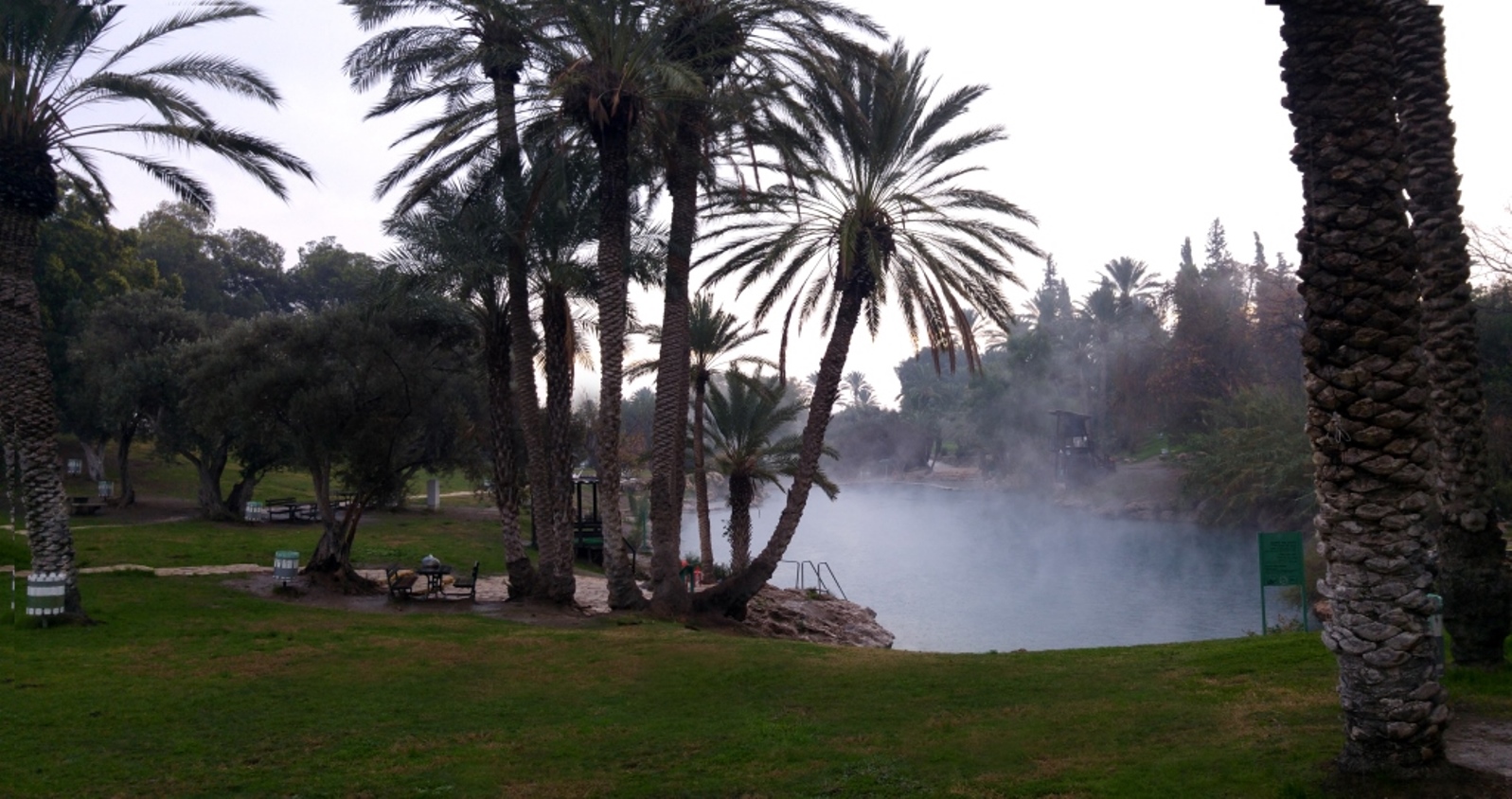
Nearby are three other inviting springs — Ein Shokek, Ein Moda and Hakibbutzim River — in the Park of Springs. While this big nature park can easily be navigated on foot, tourists have the option to rent bikes or electric vehicles to scoot around the springs, fishponds, shady groves and an ancient flourmill.
Other fun sites to visit in the Valley of Springs area include Gan Garoo, a four-acre animal park replete with seven types of kangaroos plus an assortment of cockatoos, flying foxes, laughing kookaburra, cassowary, wallaby and emu; the third century Maoz Haim Synagogue famous for its mosaic floor; the Tel Tsaf archaeological site; and the Kfar Ruppin public garden, among many others.
Take it slow
The concept of slow tourism originated in Italy, where local communities and tour operators set into motion a new kind of travel experience aimed at putting lesser-known locales on vacationers’ itineraries and giving local cultures more exposure and opportunities for hospitality.
The concept translates well to the 16 kibbutzim and six moshav communities in the Valley of Springs area, which are only too happy to be added to the local tourist’s schedule. These communities make for great places to visit or sleep over.
“The slow tourism concept strengthens the regional tourism economy by enabling visitors to stay in this region and get a better understanding of the area,” says Betzer. “We are sure that whoever comes to the Valley of Springs region will return time and again to these special tourist attractions – to the natural springs and to the trail walks.”
For more information, click here.




